Since the 2003 invasion of the US-led coalition ousted Saddam Hussein, Iraq has been on a rocky path to reconstruction. This path has not remained linear as after decades of dictatorship Iraq continued to be marred by corruption, political turmoil, sectarian tensions, and extremist insurgencies. The following photo essay depicts some of the efforts made towards reconstruction and rebuilding despite these challenges, linking these examples to the four pillars of the Center for Strategic and International Studies’ Post-Conflict Reconstruction Task Framework: security; justice and reconciliation; social and economic well-being; and governance and participation (CSIS) (CSIS, 2002).
Security

Within the CSIS framework, during the initial response phase, the goal is to ‘establish a safe and secure environment’ (CSIS, 2002, p. 4) by controlling belligerents, protecting civilians from violence, and restoring territorial integrity. At its height, the Islamic State held approximately one-third of Iraqi territory. Re-securing this land and enforcing disarmament and demobilization is critical to facilitating the implementation of other pillars and phases of reconstruction and a crucial building block on the road to rebuilding post-conflict.
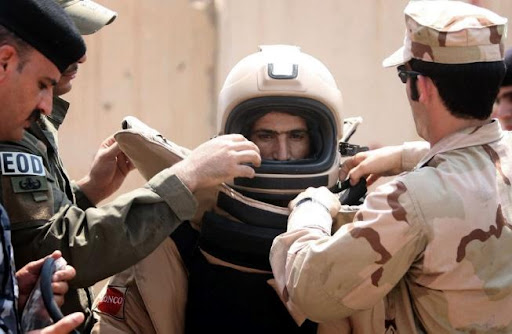
As reconstruction progresses into the transformation stage, the development of stable and legitimate security institutions is vital. This primarily addresses the reconstitution of a country’s armed and non-armed security forces to enforce and ensure peace based on the rule of law. In Iraq, external military powers led by the U.S. were essential in managing security threats and preparing the Iraq security forces to hand over control through such exercises.
Justice and Reconciliation
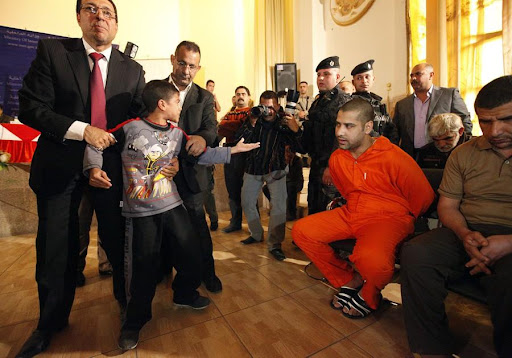
The imposition of an impartial and transparent legal system is essential to resolve grievances caused by conflict by exacting appropriate penalties and enforcing the rule of law. These mechanisms can contribute to breaking cycles of conflict, notably when including restorative justice practices, such as reconciling victims and perpetrators.

Reconciliation and cohesion activities inclusive of diverse actors facilitate community rebuilding and foster informal mechanisms for dispute resolution without violence. Although CSIS recommends externally facilitated ‘Truth Commissions’, this strategy has not been undertaken in Iraq. Instead, there are efforts to promote reconciliation through other activities, such as the ISCP. Since sectarian violence has contributed to unrest in Iraq for many years, this is a significant step in this context.
Social and Economic Well-Being
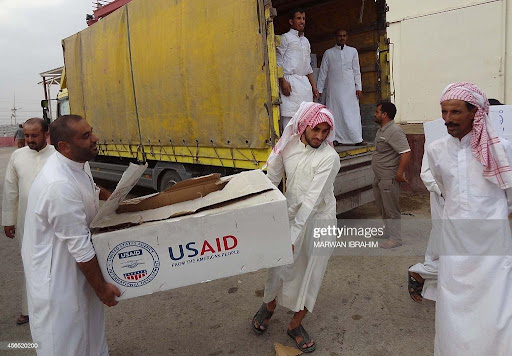
Often going hand in hand with establishing security, addressing the urgent needs of the population is the first phase of reconstruction regarding social and economic well-being. This includes providing emergency food, shelter, and water for refugees and internally displaced persons (IDPs) and ensuring effective public health and sanitation systems are in place.
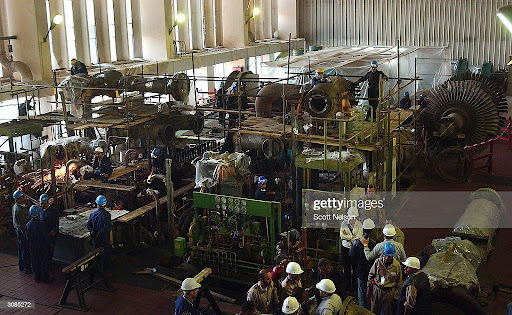
As post-conflict contexts stabilize, there is a shift to focus on sustainable and inclusive development to ensure the future economic well-being of the population. This includes rebuilding physical infrastructure and providing employment opportunities through projects such as rehabilitating the Daura Power Station. USAID prioritized this project in their reconstruction efforts in Iraq, investing approximately $55 million in partnership with U.S. contractor Bechtel and German sub-contractor Siemens. This is another example of the role of external actors and the impact of foreign investment and private-public partnerships in post-conflict rebuilding.
Governance and Participation
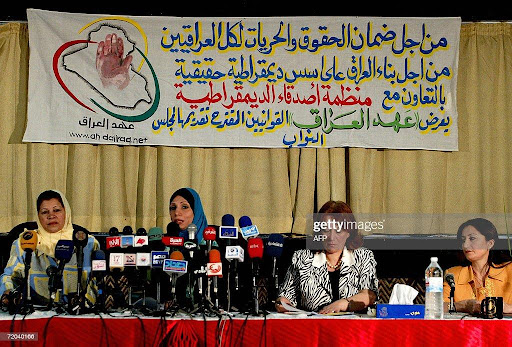
During the same conference, Prime Minister Nuri al-Maliki addressed Iraq’s civil society and academics, calling on them to ‘work to implement a policy of concord’ that would end the bloodshed. By engaging with these actors, the then Prime Minister reinforced the important role of civil society in reconstruction both in terms of reconciliation but also, as he says, being ‘responsible for spreading freedom and democracy’ (AFP, 2006). The open exchange of ideas through civil society, advocacy groups, and media is highlighted in the CSIS framework as key to encouraging participation that gives voice to the population and legitimacy to political decision-making processes.
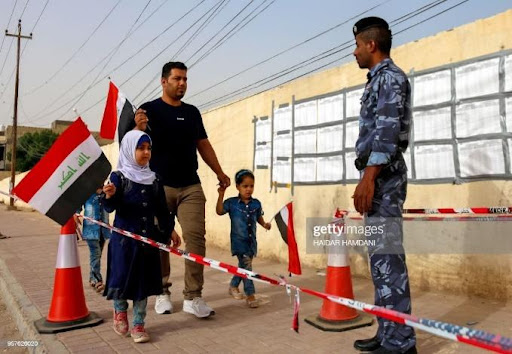
Post-conflict elections are central to advancing democracy and, therefore, the legitimacy and authority of a new government. Participation in elections determines representation once new constitutional processes have been determined. Within the CSIS framework, elections are planned during the earlier phases but conducted in the latter stages of reconstruction after effective political and administrative institutions have been established. This includes public sector and civil services, as well as legislative strengthening that gives weight to the mandate of elections and enforces a social contract of transparency and accountability between leaders and the populace.
References
AFP. (17 September 2006). US pledges more troops for Baghdad. Dozens of corpses found. [News Article]. The Daily Star. Retrieved from http://archive.thedailystar.net/2006/09/17/d609171303101.htm
Al-Rubaye, Ahmad. (2010). [Photograph]. AFP, Getty. Retrieved from https://www.theatlantic.com/photo/2018/03/photos-looking-back-at-the-war-in-iraq-15-years-after-the-us-invaded/556028/#img40
Center for Strategic and International Studies (CSIS). Post-Conflict Reconstruction Task Framework. (2002). Retrieved from https://csis-website-prod.s3.amazonaws.com/s3fs-public/legacy_files/files/media/csis/pubs/framework.pdf
de Castro, Erik. (2017). [Photograph] Reuters. Retrieved from https://www.reuters.com/article/us-mideast-crisis-iraq-islamicstate-idUSKBN1E30B9
Flores, Thomas & Nooruddin, Irfan. (2012). The Effect of Elections on Post-conflict Peace and Reconstruction. The Journal of Politics. 74. 10.1017/S0022381611001733.
Hamdani, Haidar. (2018). AFP via Getty Images. [Photograph] Retrieved from https://www.gettyimages.in/detail/news-photo/member-of-the-iraqi-security-forces-watches-an-man-and-news-photo/957626020
Ibrahim, Marwan. (2014). [Photograph]. AFP. Retrieved from https://www.gettyimages.in/detail/news-photo/iraqi-men-unload-humanitarian-aid-supplies-provided-by-the-news-photo/456520200
Nelson, Scott. (2004). [Photograph] Getty Images. Retrieved from https://www.gettyimages.in/detail/news-photo/iraqi-engineers-and-construction-personnel-work-to-restore-news-photo/3085272?adppopup=true
Sami, Wisam. (2006). [Photograph] AFP via Getty Images. Retrieved from https://www.gettyimages.in/detail/news-photo/members-of-the-iraqi-friends-of-democracy-organisation-hold-news-photo/72040166?adppopup=true
Shalash, Saad. (2011). [Photograph]. Reuters. Retrieved from https://www.theatlantic.com/photo/2018/03/photos-looking-back-at-the-war-in-iraq-15-years-after-the-us-invaded/556028/
UNDP. (2022) [Photograph]. UNDP. Retrieved from https://www.undp.org/iraq/projects/iraq-social-cohesion-programme